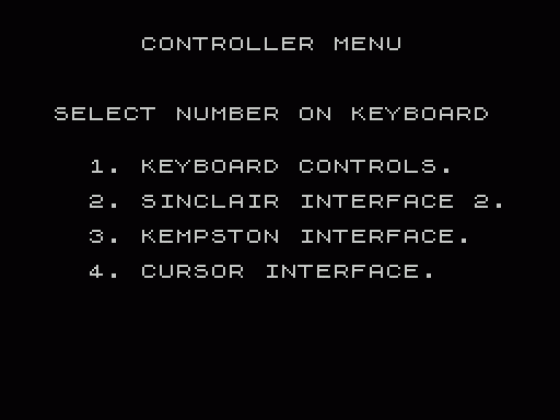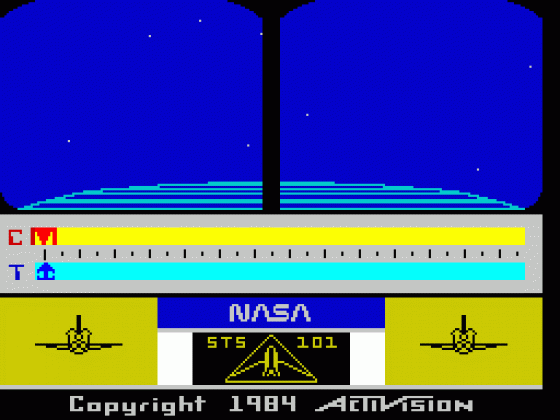Other Reviews Of Space Shuttle: A Journey Into Space For The Spectrum 48K
Space Shuttle (Activision)
A review by D.M. (Home Computing Weekly)
Space Shuttle (Activision)
A review by Clive Smith (ZX Computing)
Space Shuttle (Activision)
A review by Chris Jenkins (Sinclair User)


 1st February 1985
1st February 1985

















